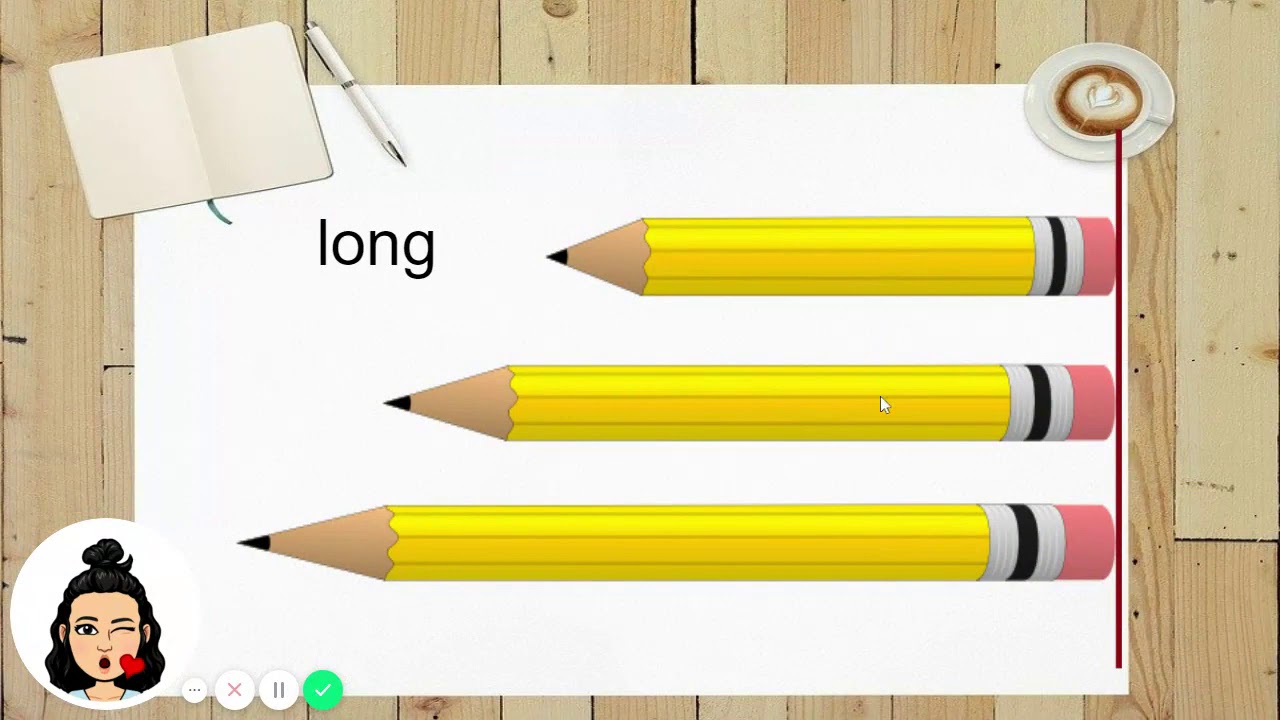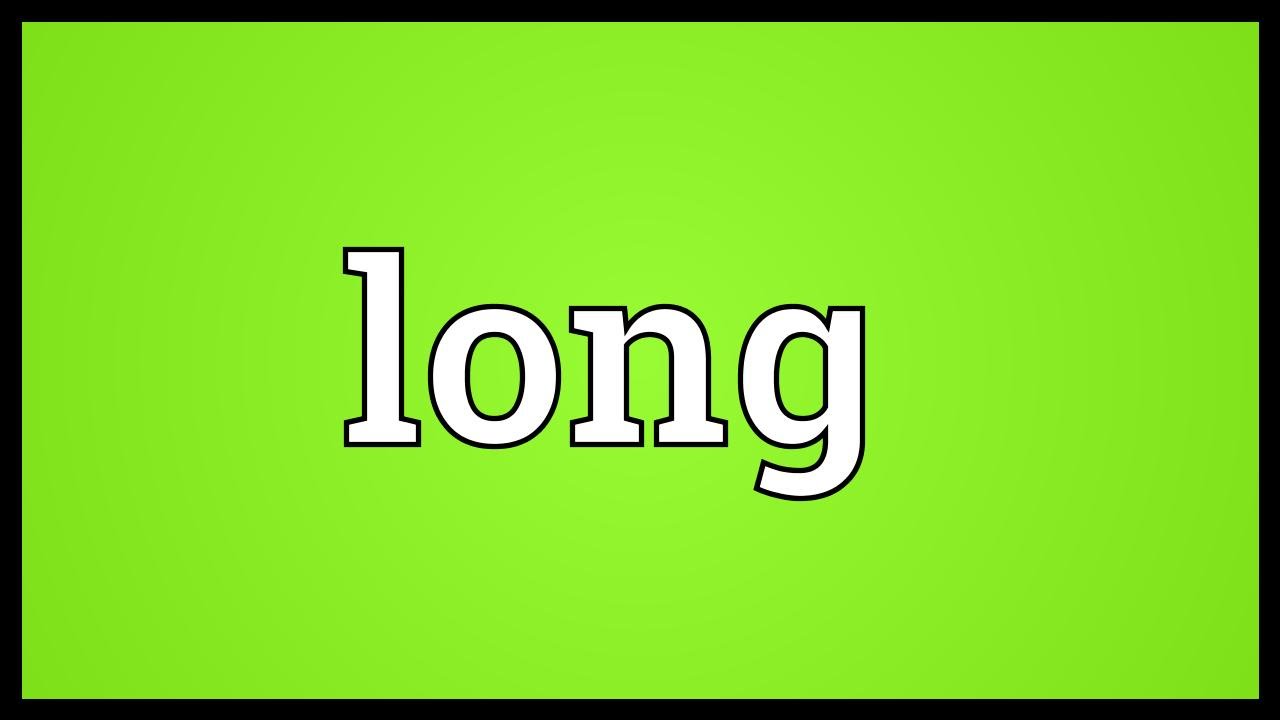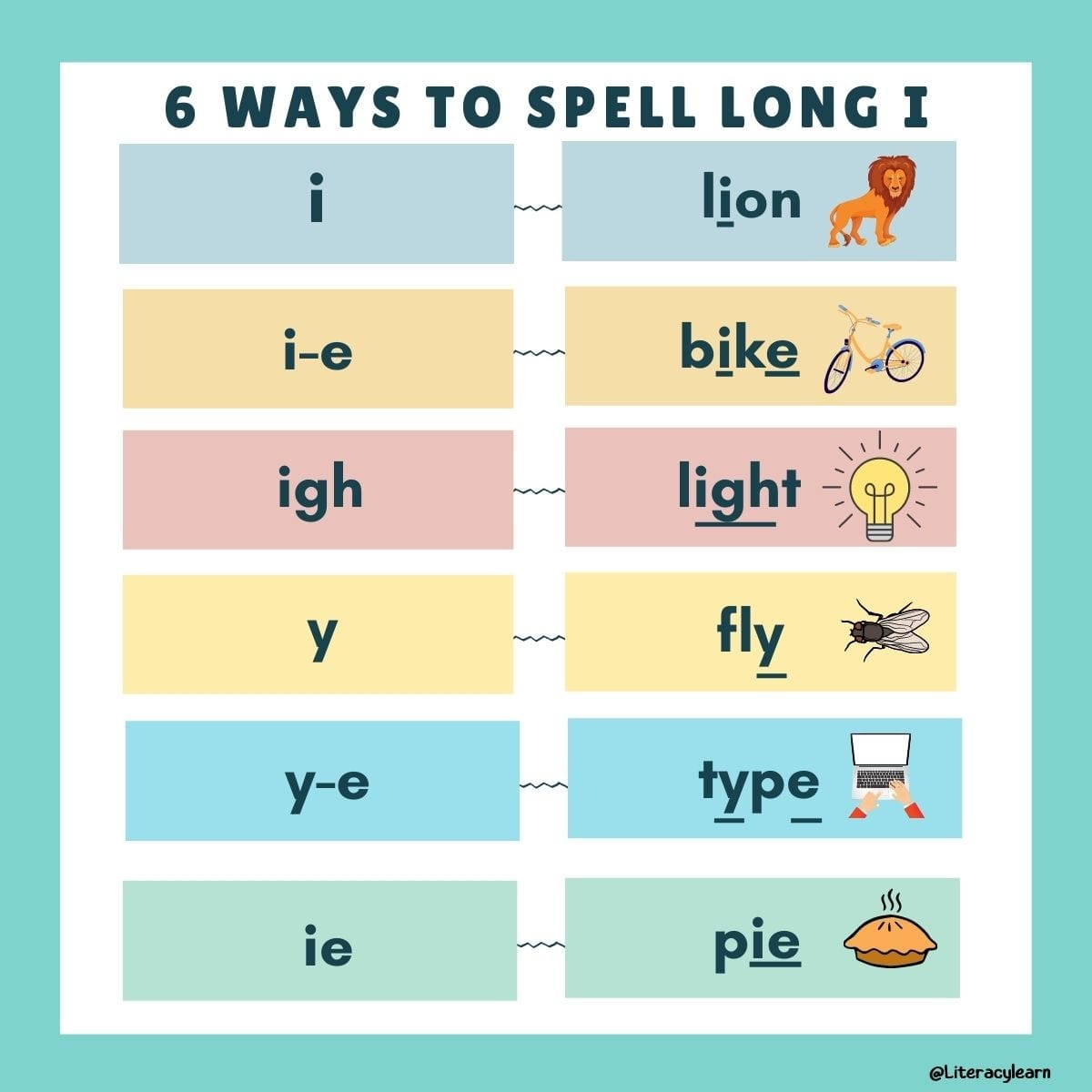Retainer Types and Duration
Choosing the right retainer after orthodontic treatment is crucial for maintaining the results achieved. Different types of retainers serve various purposes, and the duration of wear depends on the specific needs of the patient and the treatment plan. Understanding the different types and their expected wear duration is essential for successful long-term oral health.
Retainer Types
Various retainer types are available, each designed to address specific needs. The choice of retainer depends on the complexity of the orthodontic treatment and the patient’s preferences.
- Hawley retainers are traditional retainers, featuring a plastic base and metal wires. They are often used for both preventative and corrective purposes, offering a wide range of adjustability and are generally easy to clean.
- Lingual retainers are fitted to the back of the teeth, making them practically invisible. They are a good option for patients who want a discreet retainer solution. Their complexity of use can lead to higher costs and can take longer to adjust to compared to Hawley retainers.
- Clear retainers, also known as invisible retainers, are made of a transparent material. Their aesthetic appeal makes them a popular choice for patients who prioritize discreetness. They are often more comfortable to wear, but they can be more difficult to clean and have a slightly higher cost than Hawley retainers.
Duration of Wear
The duration of retainer wear varies greatly depending on the type of retainer and the patient’s individual needs. The goal is to maintain the alignment achieved during orthodontic treatment, preventing teeth from shifting back to their previous positions.
Preventative vs. Corrective Retainers
Preventative retainers are typically worn for a shorter period compared to corrective retainers. Preventative retainers are intended to maintain the current alignment and are often used after a patient completes orthodontic treatment to prevent the teeth from shifting back into their previous positions. Corrective retainers are used to adjust teeth and maintain a new position after orthodontic treatment, and wear duration is often longer.
Factors Influencing Retainer Wear Duration
Numerous factors influence the recommended duration of retainer wear, including the individual patient’s compliance, the severity of the malocclusion, and the specific orthodontic treatment used.
- Patient compliance plays a significant role. If a patient consistently wears their retainer as instructed, the duration of wear may be shorter than initially recommended. Conversely, if a patient does not follow the instructions, the duration may need to be extended.
- The complexity of the orthodontic treatment significantly impacts the duration of retainer wear. More complex cases, such as those involving significant tooth movement, may require longer periods of retainer wear.
- The type of orthodontic treatment used can also affect the duration of retainer wear. Some treatments may require longer periods of wear than others, depending on the specific techniques employed.
Comparison Table
| Retainer Type | Initial Wear Duration (approx.) | Potential Long-Term Wear Duration | Notes |
|---|---|---|---|
| Hawley | 6-12 months | Potentially indefinite, depending on individual needs. | Often used for both preventative and corrective purposes. Requires consistent cleaning and care. |
| Lingual | 6-12 months | Potentially indefinite, depending on individual needs. | Often preferred for its discreetness, but can take longer to adjust to and may be more expensive. |
| Clear | 6-12 months | Potentially indefinite, depending on individual needs. | Preferred for its aesthetic appeal, but may be more difficult to clean and have a slightly higher cost. |
Reasons for Wearing Retainers

Retainers are crucial orthodontic appliances that play a vital role in maintaining the desired results achieved during orthodontic treatment. They are not simply cosmetic additions; their function is deeply rooted in the biological processes of the mouth. Proper retainer wear significantly impacts the long-term health and stability of the teeth and jaw.
Biological factors dictate the need for retainers to prevent teeth from shifting back to their original positions. Teeth are not static; they are constantly being influenced by the surrounding tissues and forces within the mouth. After braces or other orthodontic treatments, teeth are moved from their natural alignment. The supporting tissues and surrounding structures need time to adapt to the new position. Retainers provide a controlled environment for these tissues to adjust, preventing the teeth from reverting to their previous, misaligned state.
Biological Reasons for Retainer Use
The biological mechanisms behind tooth movement are complex. Ligaments and bones surrounding the teeth are affected by the forces applied during orthodontic treatment. These structures need time to reorganize and stabilize the teeth in their new positions. Retainers act as a gentle, continuous force that helps maintain the new alignment.
Potential Consequences of Not Wearing Retainers
Failure to wear retainers can lead to relapse, the undesirable return of teeth to their original positions. This can necessitate further orthodontic treatment, potentially increasing the time and cost of achieving the desired outcome. Relapse can also negatively impact the aesthetic appearance of the smile and, in severe cases, affect the functionality of the bite. In some instances, the teeth may shift so significantly that the initial results of orthodontic treatment are completely lost. This emphasizes the critical importance of consistent retainer wear.
How Retainers Prevent Relapse
Retainers work by applying a gentle, constant force to the teeth. This force helps maintain the new alignment and prevents the surrounding tissues from adapting to a misaligned state. The pressure exerted by the retainer helps maintain the new position of the teeth, preventing the tissues from reverting to their original configuration.
Impact on Long-Term Oral Health
Proper retainer wear is directly linked to long-term oral health. Maintaining the correct alignment of teeth prevents issues like uneven wear, misaligned bite, and the development of TMJ (temporomandibular joint) disorders. This alignment ensures proper mastication, contributing to better digestion and reducing the risk of oral health problems. By keeping teeth in their proper alignment, retainers help prevent the development of cavities and gum disease, ensuring a healthy and functional mouth.
Benefits of Retainer Wear
| Benefit | Explanation |
|---|---|
| Maintain teeth position | Retainers provide continuous gentle pressure to the teeth, keeping them in their new, corrected position. |
| Prevent relapse | Consistent retainer wear prevents the teeth from shifting back to their original positions, avoiding the need for further orthodontic treatment. |
| Improve long-term oral health | Correct alignment promotes proper bite function, reduces the risk of cavities, gum disease, and temporomandibular joint (TMJ) disorders, ensuring overall oral health. |
Patient Compliance and Motivation: How Long Do You Have To Wear A Retainer

Encouraging patients to consistently wear their retainers is crucial for maintaining their orthodontic treatment outcomes. Effective strategies for promoting compliance require a multifaceted approach, encompassing communication, education, and ongoing support. Patient motivation plays a significant role in successful retainer wear, as does understanding the reasons behind the importance of this practice.
Effective communication and a supportive environment are essential to fostering patient motivation and compliance. This involves establishing trust and open dialogue, actively listening to patient concerns, and tailoring strategies to individual needs. Patients need to feel heard and understood, so addressing any anxieties or questions is crucial.
Strategies for Encouraging Consistent Retainer Wear
These strategies aim to cultivate a positive and supportive environment for patients, encouraging their active participation in their orthodontic treatment. A proactive approach that anticipates and addresses potential challenges will increase the likelihood of successful retainer wear.
- Emphasizing the Importance of Retainer Wear: Thorough explanation of the long-term benefits of retainer wear is paramount. Patients need to understand how retainer wear helps maintain the desired position of teeth, preventing relapse and potentially costly future orthodontic work. Highlighting the positive impact on their smile and oral health can be powerful motivators.
- Scheduling Regular Check-ups: Routine check-ups with the orthodontist reinforce the importance of retainer wear. Regular check-ups allow for monitoring of the teeth’s position and provide an opportunity to address any concerns or issues that may arise. This proactive approach ensures early intervention if any problems emerge, preventing costly interventions later on.
- Providing Clear Instructions and Reminders: Clear and concise instructions on retainer wear, including frequency and duration, are crucial. This ensures patients understand the expectations and are prepared to follow them. Utilizing visual aids, such as charts or diagrams, can enhance understanding. Implementing reminders, such as text messages or appointment reminders, can also help patients stay on track.
Patient Support Materials
Comprehensive patient support materials are valuable resources for patients in maintaining their retainer wear. These materials provide ongoing support and address potential challenges.
- Patient Education Materials: Providing detailed information about retainer care, including cleaning techniques and proper storage, can empower patients. This can include brochures, online resources, or videos. These materials should be tailored to the patient’s level of understanding and presented in a clear, concise manner.
- Incentive Programs: Implementing small incentives, such as stickers or rewards for consistent retainer wear, can positively reinforce the behavior. This approach can motivate patients to actively participate in their treatment. The rewards can be tailored to individual preferences, offering personalized recognition for their commitment.
- Dedicated Support Groups: Establishing a support group, either online or in person, can connect patients with others facing similar challenges. This peer-to-peer support network can provide encouragement and advice, fostering a sense of community and shared experience.
Patient Education
Educating patients about the importance of retainer wear is critical to fostering compliance. Clear communication and comprehensive explanations are key to promoting understanding and motivation. This includes highlighting the long-term benefits, addressing potential anxieties, and offering ongoing support.
- Explain the Importance of Retainer Wear: Retainer wear helps to stabilize the teeth’s position after orthodontic treatment, preventing the teeth from shifting back to their original positions. This helps to maintain the results of the treatment and to prevent the need for further orthodontic intervention in the future. By understanding the crucial role retainers play in maintaining a healthy smile, patients are more likely to adhere to the treatment plan.
- Schedule Regular Check-ups: Consistent check-ups help patients maintain good oral hygiene practices. This proactive approach allows the orthodontist to monitor the progress of the retainer and address any concerns early on.
- Provide Clear Instructions and Reminders: Providing clear instructions, such as the frequency and duration of retainer wear, ensures that patients understand their role in maintaining the effectiveness of the treatment. Utilizing reminders can enhance the likelihood of adherence to the treatment plan.
Specific Situations and Considerations

Retainer wear, while crucial for maintaining orthodontic results, is not a one-size-fits-all approach. Various factors can influence the optimal duration and methods of retainer usage. Understanding these nuances is essential for both patients and dental professionals to ensure successful outcomes.
Adjustments to retainer wear protocols may be necessary in specific situations, often dictated by individual patient needs and circumstances. Lifestyle considerations, dental habits, and patient compliance all play a role in determining the effectiveness and longevity of retainer use.
Adjustments Based on Specific Dental Issues
Dental issues can impact the duration of retainer wear. For example, patients with a history of bruxism (teeth grinding) may require specialized retainers or more frequent adjustments to prevent excessive wear on the appliances. Similarly, patients with significant gum recession or other periodontal concerns might need modifications to retainers to accommodate the changes in the gum tissue. Proper monitoring by the dentist is essential to adapt the retainer plan to address these unique situations.
Impact of Lifestyle Factors on Retainer Wear Duration
Lifestyle factors can influence the need for extended retainer wear. Athletes, for instance, may experience more wear and tear on their teeth, potentially requiring more frequent check-ups and adjustments to their retainers. Similarly, patients with high-impact or strenuous activities that involve the mouth, like playing certain musical instruments, may need special considerations for retainer use. Professional athletes, for instance, often need specialized retainer solutions to address the potential for increased wear from their sport.
Habits Affecting Retainer Effectiveness
Certain habits can compromise the effectiveness of retainers. Poor oral hygiene practices, such as neglecting to brush and floss around the retainer, can lead to plaque buildup and potential gum inflammation. Eating habits that involve extremely sticky or hard foods, particularly in the immediate post-treatment period, can damage the retainer or dislodge it. Furthermore, habits like frequent and forceful chewing can stress the retainer, potentially affecting its lifespan.
Comparison of Reminder Methods
Different methods of providing reminders to patients can impact compliance. Traditional methods like phone calls or text messages can be effective, but personalized reminders through dental software or mobile applications may offer more tailored approaches to suit individual patient needs. Using digital tools with visual cues can also be beneficial, potentially improving compliance rates by making the reminder process more engaging and easier to manage. The choice of reminder method often depends on the patient’s preference and technological access.
Role of Dental Professionals in Addressing Concerns
Dental professionals play a vital role in addressing patient concerns and questions regarding retainer wear. Open communication between patients and their dentists regarding any discomfort, concerns, or questions about the retainers is critical. A thorough understanding of the patient’s lifestyle, habits, and specific dental issues is essential for creating a personalized retainer plan. Dental professionals should clearly explain the rationale behind the retainer wear duration and address any anxieties or uncertainties the patient may have. This ensures the patient feels empowered to actively participate in their orthodontic treatment.
Retainer Care and Maintenance

Proper retainer care is essential for maintaining the results of orthodontic treatment and ensuring the long-term health of your teeth and gums. Consistent and meticulous care extends the lifespan of your retainer and helps prevent potential complications. This section will Artikel the best practices for cleaning, storing, and handling your retainers to keep them in optimal condition.
Effective retainer care involves a proactive approach to maintaining its hygiene and preventing damage. This includes understanding the proper cleaning techniques, recognizing potential hazards, and establishing a routine for regular check-ups. Following these guidelines will contribute to the longevity of your retainer and the success of your orthodontic treatment.
Cleaning Methods, How long do you have to wear a retainer
Maintaining the cleanliness of your retainer is paramount to preventing the buildup of plaque, bacteria, and food particles. This proactive approach helps maintain a healthy oral environment and prevents the development of potential oral health issues. A variety of methods are available for cleaning your retainers, depending on the type of retainer.
- For removable retainers, use a soft-bristled toothbrush and a retainer cleaning solution. Thoroughly brush all surfaces of the retainer, paying special attention to crevices and bends. Rinse the retainer thoroughly with water before storing.
- For bonded retainers, focus on maintaining oral hygiene. Regular brushing and flossing around the retainer area are crucial. Avoid using abrasive cleaners that might damage the retainer material.
Avoiding Damage
Proper handling and storage are crucial to preventing damage to your retainer. Avoiding harsh or abrasive materials, and ensuring secure storage, are vital to maintaining the retainer’s integrity and extending its lifespan.
- Avoid dropping or bending the retainer, as this can cause warping or breakage. Handle the retainer with care, using clean hands.
- Do not use hot water or harsh chemicals to clean the retainer, as these can alter the material’s properties and weaken it.
- Store the retainer in a protective case when not in use to prevent scratching and damage from external forces.
Step-by-Step Cleaning Guide
This guide provides a systematic approach to cleaning your retainer, ensuring optimal hygiene and longevity.
- Rinse the retainer under lukewarm running water to remove loose food particles.
- Brush all surfaces of the retainer with a soft-bristled toothbrush and a retainer cleaning solution. Pay particular attention to hard-to-reach areas.
- Rinse thoroughly with water to remove any traces of cleaning solution.
- Dry the retainer using a clean, soft cloth. Ensure that no water remains inside the retainer.
- Store the retainer in its designated case when not in use.
Regular Check-ups
Regular check-ups with your orthodontist are essential for ensuring proper retainer function and identifying any potential issues. These appointments enable your orthodontist to evaluate the alignment of your teeth and ensure your retainer is performing as intended.
- Schedule regular check-ups with your orthodontist to assess the fit and function of your retainer.
- Report any discomfort or issues with your retainer to your orthodontist promptly.
- These check-ups will help address any minor adjustments needed to maintain proper alignment and prevent potential complications.
Storing Retainers
Proper storage prevents damage and contamination. It also ensures that the retainer maintains its original shape and function. This is essential for the longevity and effectiveness of your retainer.
- Always store your retainer in a designated, clean case when not in use. This prevents it from being scratched, damaged, or contaminated.
- Ensure the case is tightly sealed to prevent the retainer from being lost or misplaced.
- Avoid storing your retainer in places exposed to extreme temperatures or humidity. This can damage the retainer material and compromise its structural integrity.
Question Bank
How long do you have to wear a retainer – How long do I need to wear a retainer after braces?
The duration of retainer wear after braces varies. While some patients may only need to wear retainers for a few months or years, others may require them for life.
What happens if I don’t wear my retainer?
Teeth may shift back to their original position, negating the benefits of the orthodontic treatment. This is known as relapse.
Are there different types of retainers?
Yes, there are various types, including Hawley retainers, lingual retainers, and clear retainers, each with its own characteristics and wear recommendations.
Can lifestyle factors affect how long I need to wear a retainer?
Yes, habits like teeth grinding or clenching can impact the effectiveness of retainers and may influence the length of wear needed.